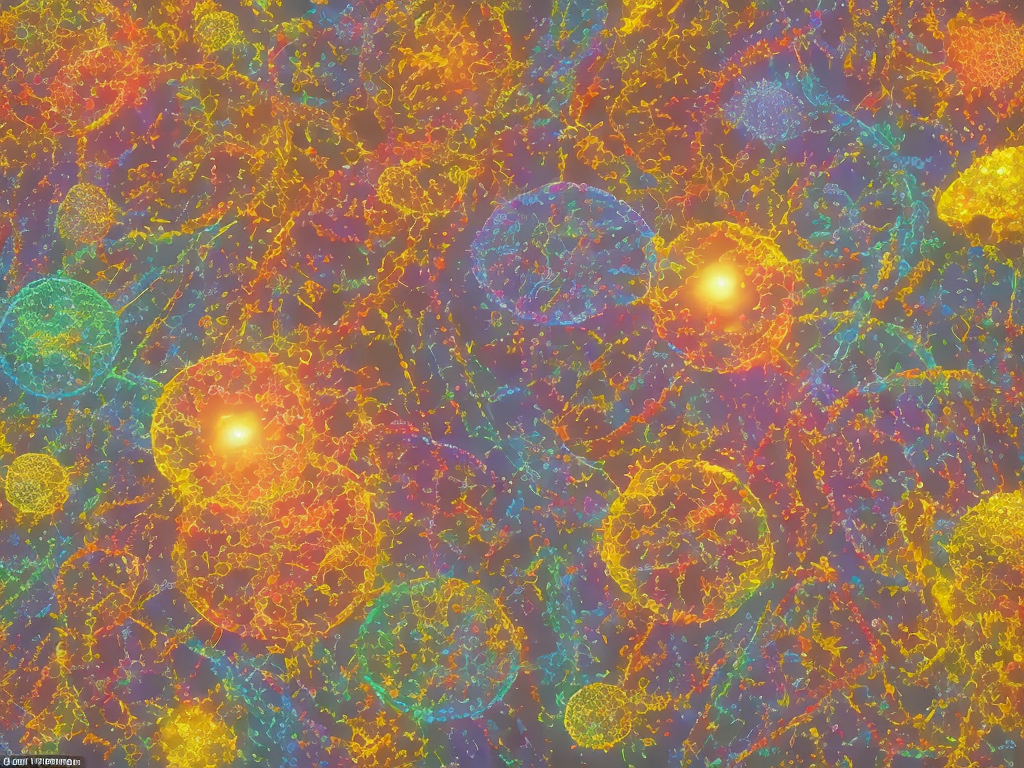
Structure, Function, and Biological Significance.
Deoxyribonucleic acid (DNA) and ribonucleic acid (RNA) are two types of nucleic acids found in living organisms. They play a crucial role in the storage, transmission, and expression of genetic information. Although DNA and RNA are similar in many ways, they have distinct differences in terms of their structure, function, and biological significance.
Structure:
DNA and RNA are both long chains of nucleotides that are composed of three main components: a five-carbon sugar (deoxyribose in DNA and ribose in RNA), a phosphate group, and a nitrogenous base. The nitrogenous bases in DNA are adenine (A), thymine (T), cytosine (C), and guanine (G), whereas RNA contains adenine (A), uracil (U), cytosine (C), and guanine (G). The difference between DNA and RNA lies in the presence of thymine (T) in DNA and uracil (U) in RNA.
Moreover, DNA is a double-stranded helix, whereas RNA is typically single-stranded. The double helix structure of DNA allows it to be stable and resistant to degradation. The two DNA strands are held together by hydrogen bonds between complementary nitrogenous bases. In RNA, however, the single-stranded nature provides flexibility, allowing it to fold into complex structures needed for its various functions.
Function:
DNA serves as the genetic blueprint of an organism. It contains the instructions necessary for the development, growth, and functioning of an organism. DNA is often referred to as the "master molecule" because it encodes the information required for the synthesis of proteins, which are responsible for carrying out most of the cellular processes. The information in DNA is transcribed into RNA molecules through a process called transcription.
RNA, on the other hand, acts as the intermediary between DNA and protein synthesis. There are three main types of RNA: messenger RNA (mRNA), transfer RNA (tRNA), and ribosomal RNA (rRNA). mRNA carries the genetic information from DNA to the ribosomes, where it is translated into proteins. tRNA plays a crucial role in protein synthesis by delivering the appropriate amino acids to the ribosomes. rRNA, along with proteins, forms the ribosomes, which are the protein-producing factories within the cell.
Biological Significance:
The differences in structure and function between DNA and RNA have significant biological implications. The stability of DNA allows it to be passed down from one generation to the next as the genetic material. This stability ensures that the genetic information is accurately preserved and faithfully transmitted during cell division and sexual reproduction. Any changes or mutations in the DNA sequence can lead to genetic disorders or variations, which may have both positive and negative effects on an organism's survival and adaptation.
RNA, on the other hand, is highly involved in gene expression and regulation. It plays a crucial role in controlling which genes are turned on and off, determining the specific proteins produced, and influencing the overall phenotype of an organism. RNA molecules, such as microRNA, can also regulate gene expression by binding to complementary mRNA sequences, inhibiting their translation into proteins. Additionally, RNA is involved in various cellular processes, including DNA repair, telomere maintenance, and viral defense mechanisms.
Furthermore, viruses provide an interesting perspective on the differences between DNA and RNA. DNA viruses, such as herpes viruses and adenoviruses, replicate their genetic material using host cell machinery and often integrate their DNA into the host genome. In contrast, RNA viruses, such as influenza viruses and retroviruses (including HIV), replicate their RNA genome using an RNA-dependent RNA polymerase. These viruses need to convert their RNA genome into DNA through a process called reverse transcription, which is catalyzed by the enzyme reverse transcriptase.
In conclusion, DNA and RNA are two distinct nucleic acids that differ in terms of their structure, function, and biological significance. DNA is the stable genetic material that encodes the instructions for the synthesis of proteins, while RNA serves as the intermediary molecule involved in protein synthesis and gene regulation. Understanding the differences between DNA and RNA is crucial for unraveling the complexities of genetics, evolution, and the functioning of living organisms as a whole.
 Self-Instruct
Self-Instruct